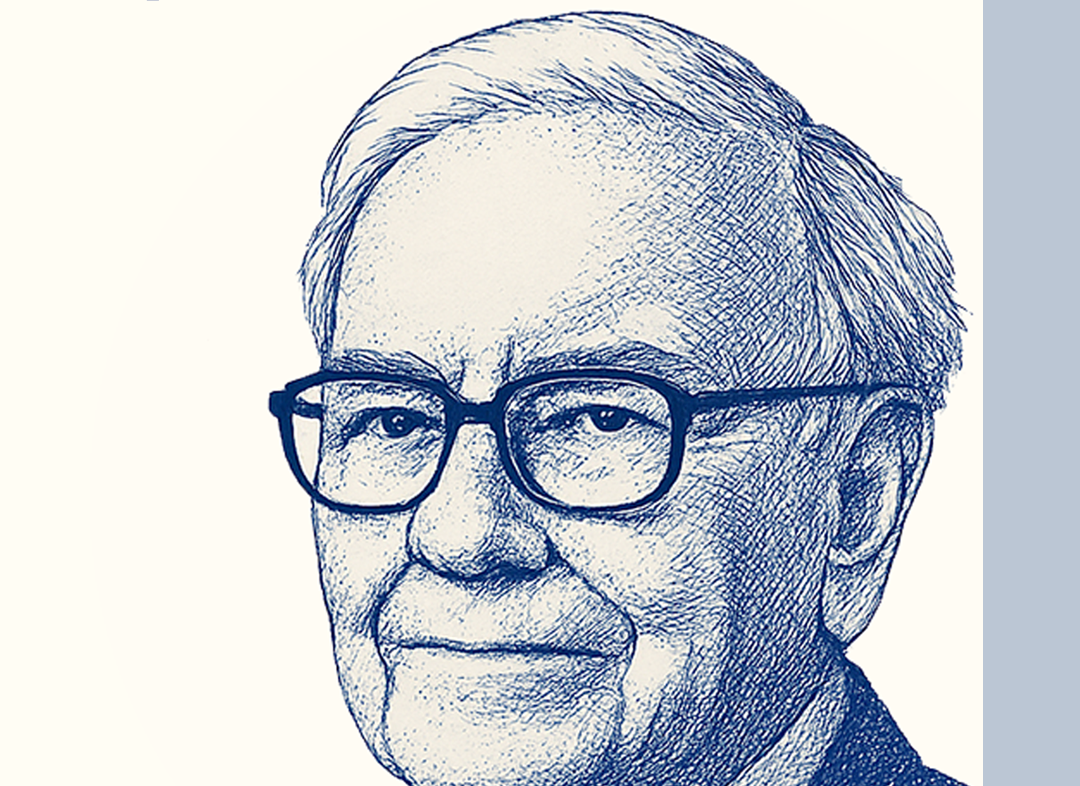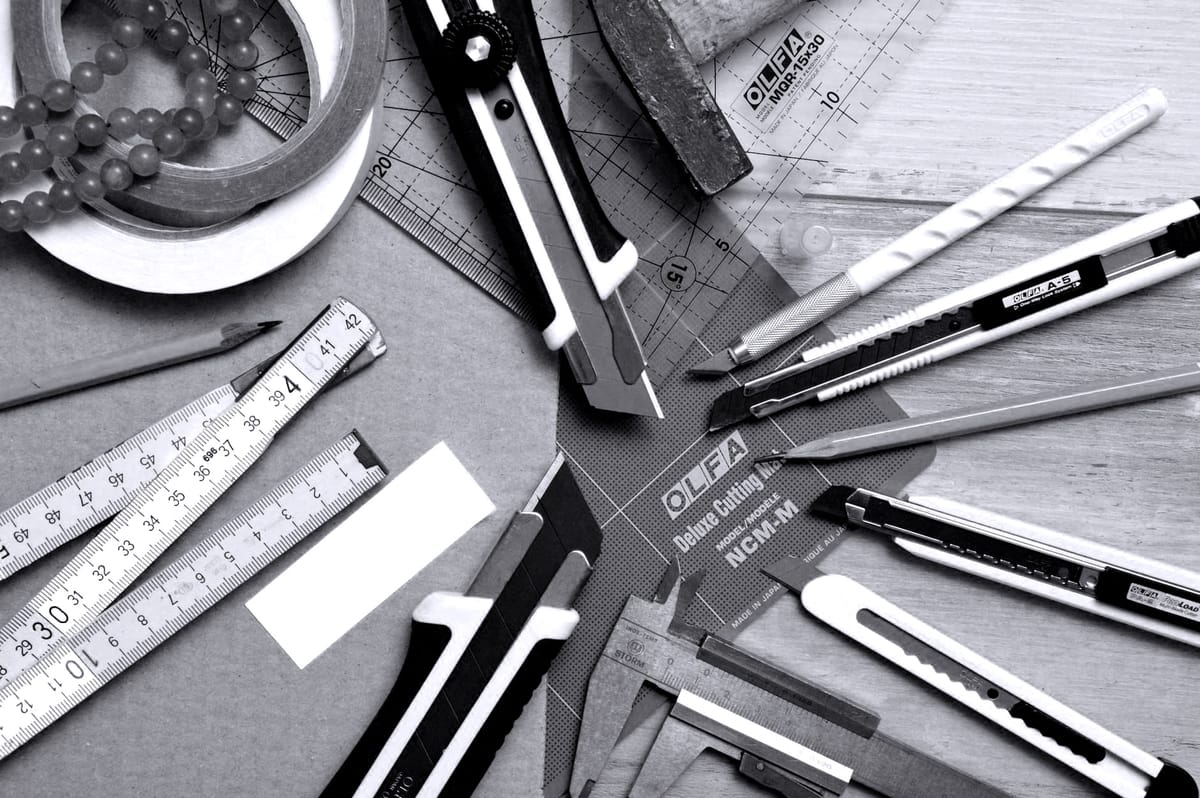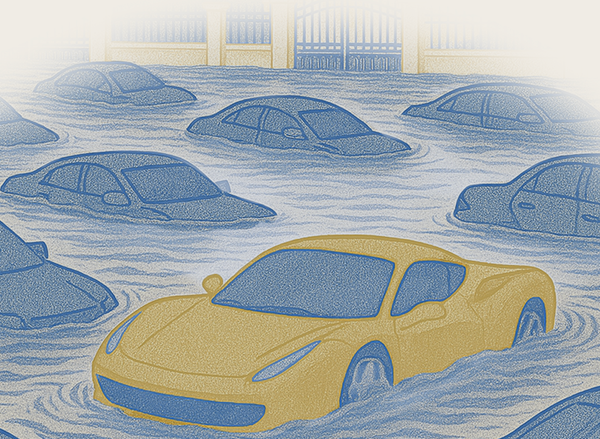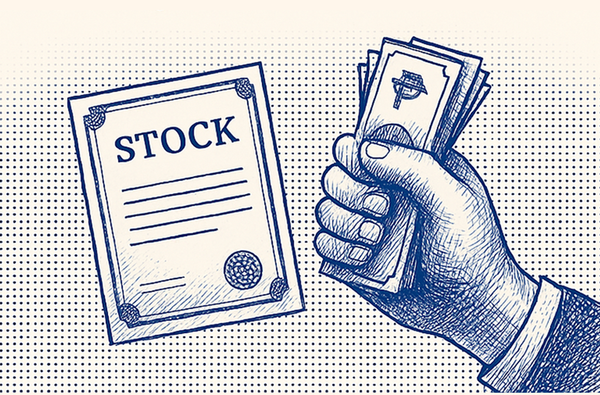2025 May Newsletter - My Favorite Warren Buffett Quotes

In this newsletter, I share content I bumped into the past month that’ll help you become more financially savvy. This is not financial advice. It's just education. Please think through your situation before applying anything you read here.
This Month’s Recommendation:
Warren Buffett Is Stepping Down
https://www.bbc.com/news/articles/cqj4nev7p70o
I can't believe this is finally happening. After over half a century of leading Berkshire Hathaway, Warren Buffett is preparing to step down from the CEO role.
Warren has created an unimaginable amount of wealth for his shareholders over the past century, boasting a portfolio that compounded at around 20% per annum for his entire career.
If you had invested just $100 with him in his first partnership in 1957 and never sold, your share would be worth around $20 million today.
But aside from his impressive performance, Buffett is also incredibly generous as a teacher.
In an industry that insists on secrecy, Buffett chose to reveal his methods with complete transparency. His interviews and writings are an unparalleled goldmine of clear, long-term thinking in a financial environment that insists on reactivity and short-termism. I owe much of my investing knowledge to his generosity.
To mark this event, here's a longer-than-usual monthly newsletter. Here are three of my favorite quotes from my favorite virtual mentor, Warren Buffett.
Commentary
Quote #1: “Price is what you pay. Value is what you get.”
Many assume that prices are meaningful. They think that when prices are down, things are bad, and when prices are up, things are good.
But price says absolutely nothing about the health of an asset. Strictly speaking, when you're quoted the price of an asset, that number is merely the cash value that someone else paid for it – nothing more.
Example: Buying a computer
Let's say you find two computers in the store – same models, same specs.
One computer is being sold for 50 thousand pesos.
The other is being sold for 100 thousand pesos.
Will paying more make your computer stronger?
Of course not. The parts of the computer have nothing to do with the computer's price.
It’s the same with investments.
When it comes to investing, the "computer specs" of an asset are the cash flows you receive over time. It's the rent of real estate, the interest of bonds, and the profits/dividends of stocks.
Let's say you see a condo that can be rented at ₱40,000 a year.
Whether you buy that condo for ₱1 million or buy it for ₱500 thousand, it will make absolutely zero difference in the rent you can demand from the market.
So if you want to make money in this scenario, you'll try to buy that condo for ₱500 thousand instead of ₱1 million.
But here's some nuance:
If you’ll do it because ₱500k is lower than ₱1m, then you’re thinking in terms of price, and price is not useful information.
Instead of focusing on price, think of value. Do it because you'll attain an 8% annualized yield off your investment at a ₱500k purchase price instead of a 4% yield off a ₱1m purchase price.
While both interpretations are correct, the latter more closely conveys the spirit of Buffett's quote about value.
Price and value are NOT related.
Buffett has never made decisions based on price alone. He always compares the price he pays to the value (i.e., cash flow) that he gets, like a bargain hunter at a bazaar.
Quote #2: “Risk comes from not knowing what you're doing.”
Most people equate risk with price volatility, but in reality, bad events can happen even to assets with stable prices. Price movements contain insignificant amounts of information, and only systemic, qualitative understanding can reveal the actual risks of an investment.

A post talking about how stable assets can fail
The business world is full of surprises. Many of them seem fine until it’s too late. That’s why Buffett reminds us that real risk isn’t volatility. It’s ignorance.
Case Study: Terra
https://en.wikipedia.org/wiki/Terra_(blockchain)
Terra was a popular cryptocurrency that promised to peg its value to the US dollar using only computer code, no real money or assets behind it. At first, the system seemed to work well, and many thought it was a safe investment.
But many didn't realize that the system fundamentally relied on people holding the cryptocurrency. Mere code could not make up for a lack of monetary backing.
People assumed things would work because the developers were talking about stuff like coding and automation. They thought it would work because the system was so complex that clearly, only a genius could understand and build such a thing.
Because they didn't actually grasp the fundamentals of the investment, they were shocked when the whole thing fell apart quickly, and its value went to almost zero.

Most people lost money in Terra because they didn’t know what they were doing. They trusted headlines, friends, and influencers instead of understanding exactly how Terra worked and what could go wrong.
Buffett’s advice is simple: if you don’t understand something, don’t invest in it.
If you don't want to put in the effort to study, Buffett instead recommends sticking with low-cost index funds, letting diversification make up for a lack of knowledge.

A post about index funds
Otherwise, if you want to select individual investments, take it seriously.
Don't just skim the fun stuff like the YouTube videos and Reddit commentary. Read the dense stuff – legal reports, financial statements, and whitepapers.
As a rule of thumb, keep studying until you can have a conversation with a Chief Operations Officer working with the asset before you decide to invest.
Quote #3: “Rule number one is never lose money. Rule number two is never forget rule number one.”
This is my favorite Buffett quote of all. I even have it as my phone wallpaper:

Many come to investing with a focus on making more money, but the value investing style followed by Buffett is unique in that it focuses entirely on defense.
There are two reasons why defense is a good idea in investing.
First, no amount of possible gain is worth the risk of losing it all.
There are many case studies of hedge funds that used risky tools like debt to amplify their returns.
Bill Hwang, for example, compounded capital at 40% per year for almost a decade using debt. But in 2021, the markets were down, he was unable to repay his loans, and he lost everything.
One aspect of Buffett's stellar track record that is often underappreciated is how long he's been able to keep it up. Thanks to his insistence on never taking on risks that can massively damage his capital, he's one of the very few investors who are still in the game with zero implosions after 60 years.

Second, in value investing, defense and offense are the same thing.
When you insist on buying at a lower price relative to the value you are paying, you create a margin of safety.
Let's say you see two identical ice cream shops that can each make ₱1 million a year. And let's say you will only be satisfied if you make at least 10% per year off a business.
You can buy shop A for ₱10 million and make around 10% a year, or buy shop B for ₱5 million and make 20% a year instead.
Which one do you buy?
While it's self-evident that we should buy shop B, Buffett's quote forces us to re-examine why.
Most people would think: "I will buy shop B because I get to make a larger 20% return."
But while that is technically correct, Buffett's mindset is entirely different. He would instead think this:
"I will buy shop B because when (not if!) things go south, I still have a margin of safety to continue getting my minimum 10% return."
Instead of focusing on winning, Buffett focuses on never losing.
Many things can go wrong in that ice cream shop. Someone can get food poisoning and ruin your image on social media, decreasing sales. A global pandemic can hit, forcing you to close shop. An orange man from a first-world country can suddenly impose global tariffs on milk, increasing inventory costs.
When it comes to business, the list of things that can go wrong is endless. In such an unforgiving and ruthless game, it makes sense to have some margin of safety so that your profits and cash flows will remain acceptable when (not if!) things go south.
By purchasing the ice cream shop for ₱5 million, you give yourself leeway for your profits to drop from ₱1 million to ₱500 thousand a year and still be happy, meeting your minimum 10% annual return.
From Warren's point of view, the lower purchase price isn't about making excessive returns. It’s about creating a cushion so you're always making an acceptable amount of profits, rain or shine.
And the best part? For the value investor, when it shines, it shines bright. If nothing goes wrong (which almost never happens), people like Buffett get their return on investment faster because they purchase at lower prices than most people.
When it comes to value investing, offense and defense are the same thing.
Closing Thoughts
Buffett’s wisdom has a common thread: protection first, returns second. That runs counter to how most people approach investing, where the focus is on chasing profits. And yet, Buffett's defensive investing style has produced one of the best track records in the past century.
His rules are simple. Focus on real value. Only invest in what you understand. And protect yourself from irreversible loss.
For Buffett, safety isn’t the opposite of growth. It’s the foundation of it.
Thank you for everything, Warren! May you enjoy this next phase of your life for years to come!
KEITH LIM






